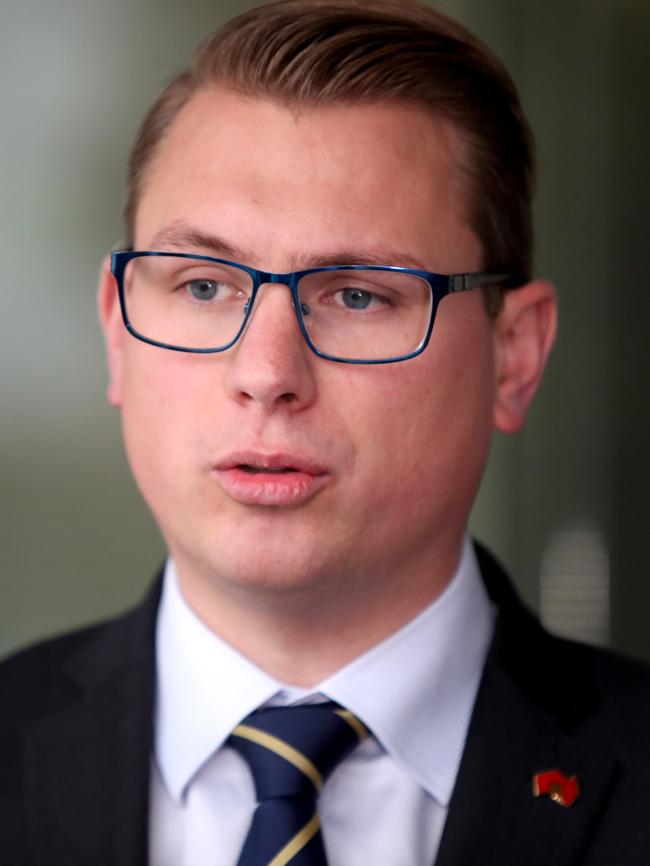Homeowners would have saved nearly $500 this year if rate capping had been in place, Government analysis shows
COUNCIL rate bills would be almost $500 cheaper this year if a cap set at the level of inflation had been in force for the past decade, according to State Government analysis.
- Councils to raise rates by just 2.3 per cent on average
- Labor ‘won’t declare hand’ on rate capping vote
- Rate capping vote to fail in Upper House
COUNCIL rate bills would be almost $500 cheaper this year if a cap set at the level of inflation had been in force for the past decade, according to State Government analysis.
Local Government Minister Stephan Knoll has released figures to The Advertiser as Parliament continues to debate the controversial proposal and Labor remains on the fence.
Under the Government’s cost of living plan, the task of setting the cap would be left to the independent Essential Services Commission of SA. The agency already has oversight of water bills and other utilities including power.

The Government analysis shows a $492 saving per rateable property would have been delivered this year if average rate rises of 6 per cent per annum that have been witnessed over the past 10 years had been capped at CPI.
Rateable properties include average households, as well as farms and businesses.
Mr Knoll said it was unlikely that ESCOSA would impose a cap at the inflation level, as has occurred in other states, but there were still significant savings to be made if it could force new efficiencies in SA’s local government sector.
The modelling shows a $69 annual saving if rate rises had been kept just 1 per cent lower.
A $159 saving would have been delivered if 6 per cent annual council rate rises were limited to just 3 per cent.
Mr Knoll said it was clear that SA households stood to save hundreds of dollars if Parliament passed his plan.
“We are finding a balance by allowing for growth and allowing councils to get on with their work, but also protecting ratepayers,” he said.
“It is clear from the modelling that, over time, the effect of this legislation will be that it is going to save residents hundreds of dollars per year.”
Mr Knoll said State Government fees and charges had risen by only a third of what council rates had over a decade, and “no one has been able to show me where councils have had increased costs that led to 6 per cent rate rises”.
The Government is facing possible defeat in the Upper House on the key election policy, as the Greens and SA Best harden their rhetoric against the reform.
If he cannot win the crossbench, Mr Knoll must secure Labor support to get the numbers to make the cap law.
ESCOSA would decide the maximum allowed council rate increase by the end of December.
Councils would then have until the end of March next year to seek special circumstances exemptions from the limit, before the cap comes into full force from July 1 next year.
Speaking in Parliament last week, Labor councils spokesman Tony Piccolo said he hoped to delay a vote until after the winter break of sitting, which ends after the Budget is delivered in September.
“We are engaging with a whole range of people … to make sure that we get a full picture and understand the impact of rate capping before we declare our hand,” he said.
The Local Government Association will hold a special board meeting on August 10 to determine its final position on rate capping.
In the past it has argued a cap would limit councils’ ability to fund vital projects.
